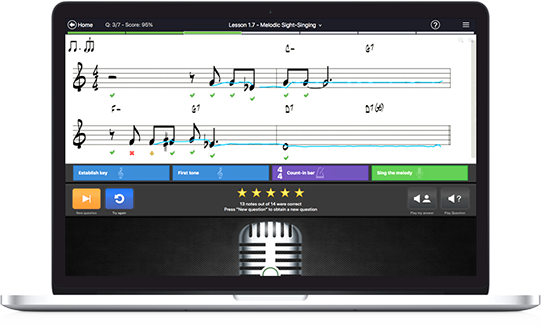

In each level there are 4 separate books, Lesson, Technique and Artistry, Theory, and Performance. This series is the next step, going from a Primer all the way up to Level 5. In this way, the student is able to enjoy being part of a full and exciting musical performance. This feature is a huge help in engaging younger students.Įach piece also contains a teacher duet section, which allows the student to play a simple melody while the teacher performs a harmonic accompaniment. There are multiple characters introduced in Book A, and they continue to grow, change and get into crazy situations as the lessons progress there are even supplemental sticker books available that can be used as a motivational tool. Piano Adventures does a great job of being kid accessible, as they are written like a story book. Each lesson book has a related writing book which goes over theory and provides opportunities for drawing and tracing musical symbols and notes.

This series contains 3 books, A, B and C, which take students from an introduction to the instrument all the way up to reading two-handed pieces in the grand staff.

Piano Adventures has specific streams for each group, which are as follows: My First Piano Adventure: Ages 5-6 The Faber created system is one of the newest and most popular methods available, having won the 2018 Music Teachers National Association Keyboard Pedagogy Award. Teachers (and students) can also access virtual versions of the workbooks by subscribing to the Faber Teacher Atlas. The tempo can also be slowed down and sections can be looped for further understanding. With it students can listen to the songs from the book while watching the sheet music and virtual keyboard move alongside. The ACE philosophy attempts to improve not only the musical skills of the student, but also their cognitive development by using integrated right and left brain modes of teaching, learning, and experiencing sound.Īn innovative feature in this series is the accompanying Piano Adventures App which runs on iPad or iPhone. Regarding Analysis, pieces are taught by breaking music down to its essential elements rhythm, pitch and feel.Ĭreativity is implemented by giving students their own choices within pieces, for example at times allowing them to decide the dynamics or the tempo.Įxpression is defined by Faber as the ability to communicate an emotion or mood, which the series provides opportunities for by containing an eclectic repertoire, ranging from silly to scary to sad. Faber creates all of their material with their ACE philosophy in mind: Analysis, Creativity and Expression. Piano Adventures is a system of connected books and recordings created by Randall and Nancy Faber.


 0 kommentar(er)
0 kommentar(er)
